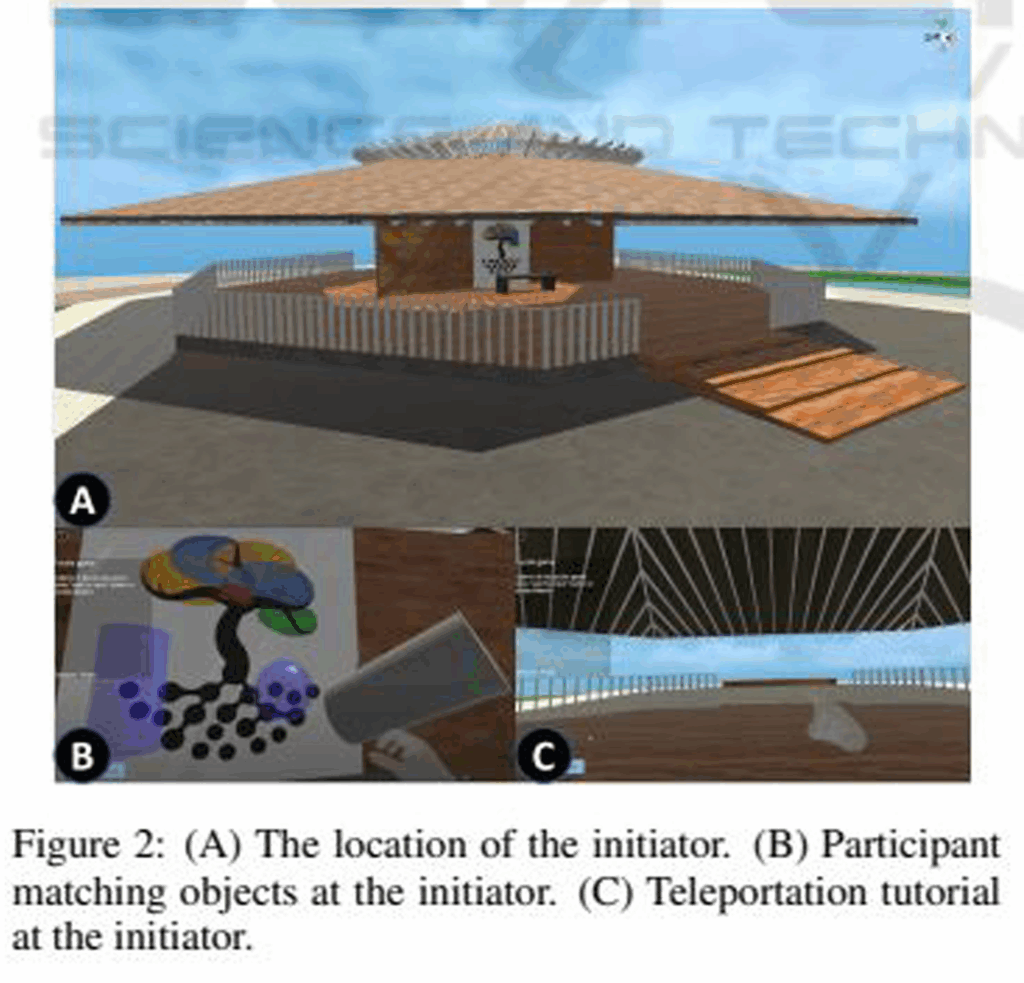A virtual reality therapy game for persons with dementia in the Philippines was developed and tested
12 Dec 2024

Immersive technologies such as virtual reality (VR) had rapidly gained interest as part of the technological evolution in healthcare. Because of its inspirational affectation, VR had been considered a potential intervention for individuals with impaired memory such as dementia. This paper had two goals that were achieved in collaboration with healthcare professionals and scientists from the Philippines: (a) to create an improved VR therapy game for persons with behavioral and psychological symptoms of dementia (BPSD), and (b) to acquire professional insights and recommendations about the game. With this, a VR game prototype was developed and tested among five health and four game design professionals. A focus group discussion (FGD) was then held to discuss the participants’ experience with the game. The results of the FGD provided an in-depth analysis regarding the game’s architecture and overall design for the use of persons with BPSD in the Philippines. Critical points discussed in this paper may be adopted in future VR studies for general healthcare applications personalized for a specific demographic.
Authors:
Veeda Michelle M. Anlacan (Augmented Experience Ehealth Laboratory, University of the Philippines Manila/Department of Neurosciences, College of Medicine – Philippine General Hospital, University of the Philippines Manila/Center for Memory and Cognition, Philippine General Hospital, University of the Philippines Manila)
Roland Dominic G. Jamora (Augmented Experience Ehealth Laboratory, University of the Philippines Manila/Department of Neurosciences, College of Medicine – Philippine General Hospital, University of the Philippines Manila)
Angelo Cedric F. Panganiban (Augmented Experience Ehealth Laboratory, University of the Philippines Manila/Department of Computer Science, College of Engineering, University of the Philippines Diliman)
Isabel Teresa O. Salido (Augmented Experience Ehealth Laboratory, University of the Philippines Manila)
Romuel Aloizeus Z. Apuya (Augmented Experience Ehealth Laboratory, University of the Philippines Manila)
Bryan Andrei C. Galecio (Augmented Experience Ehealth Laboratory, University of the Philippines Manila)
Michael L. Tee (Augmented Experience Ehealth Laboratory, University of the Philippines Manila/Department of Physiology, College of Medicine, University of the Philippines Manila)
Maria Eliza R. Aguila (Augmented Experience Ehealth Laboratory, University of the Philippines Manila/Department of Physical Therapy, College of Allied Medical Professions, University of the Philippines Manila)
Cherica A. Tee (Augmented Experience Ehealth Laboratory, University of the Philippines Manila/Department of Pediatrics, College of Medicine, University of the Philippines Manila)
Jaime D. L. Caro (Augmented Experience Ehealth Laboratory, University of the Philippines Manila/Department of Computer Science, College of Engineering, University of the Philippines Diliman)
Read the full paper: DOI:10.5220/0011686900003414
